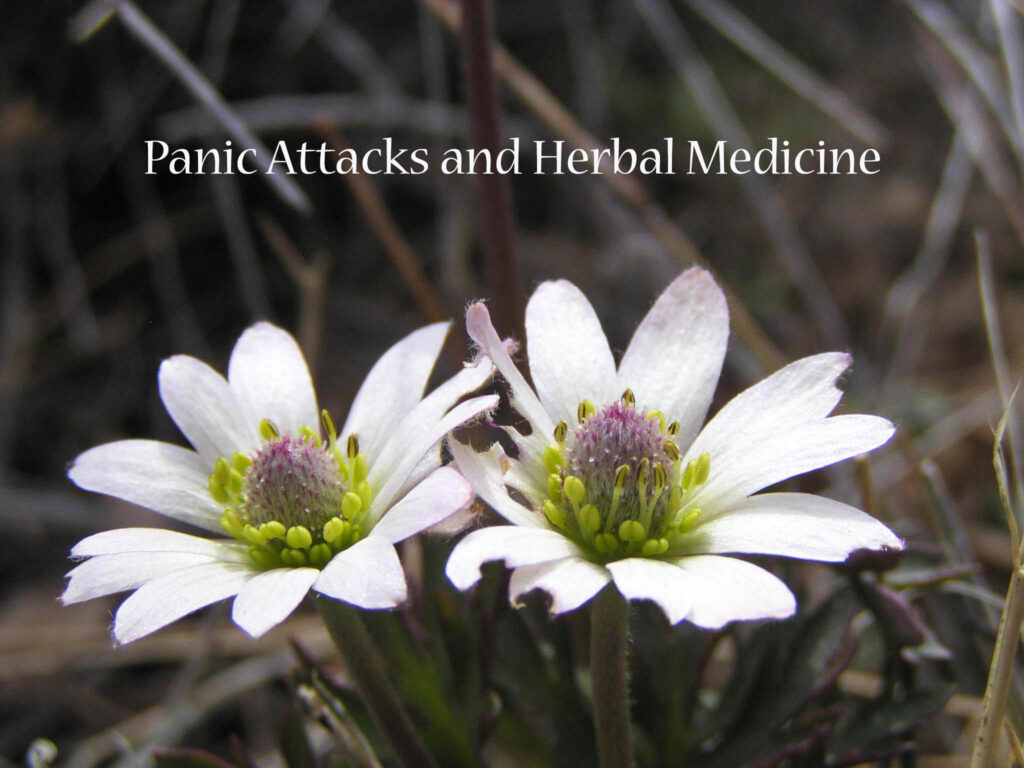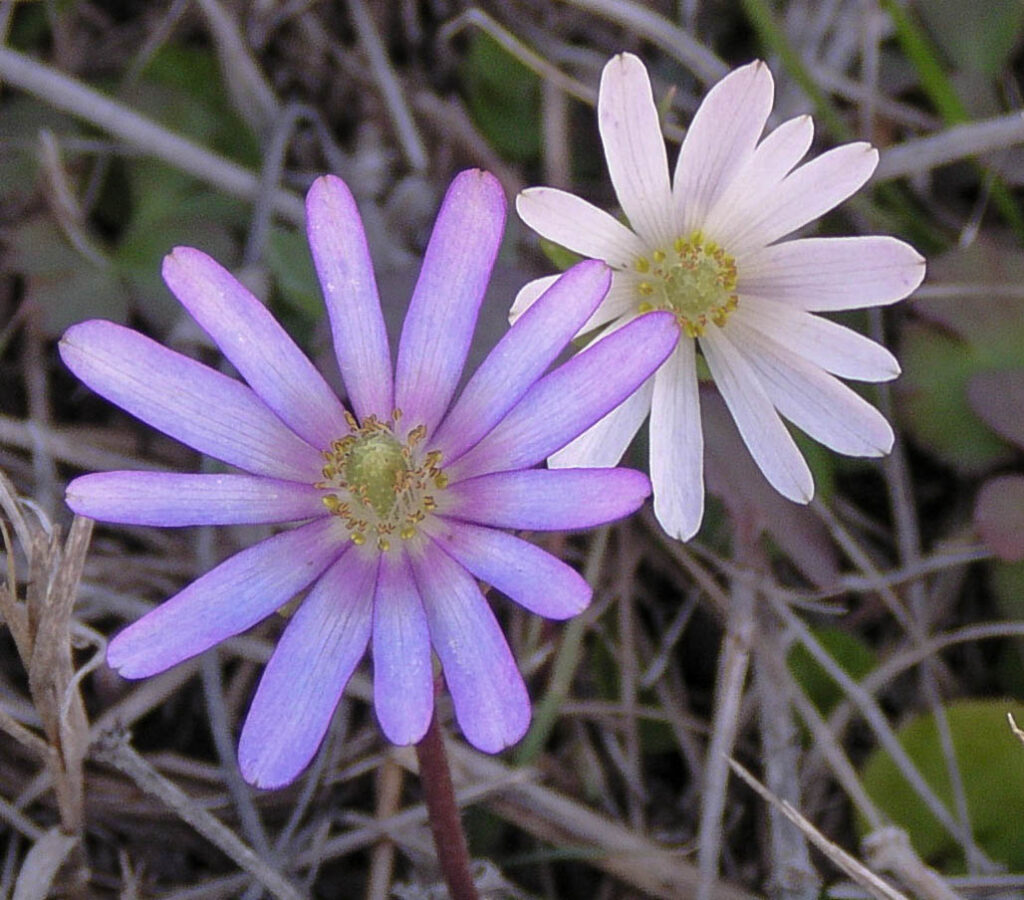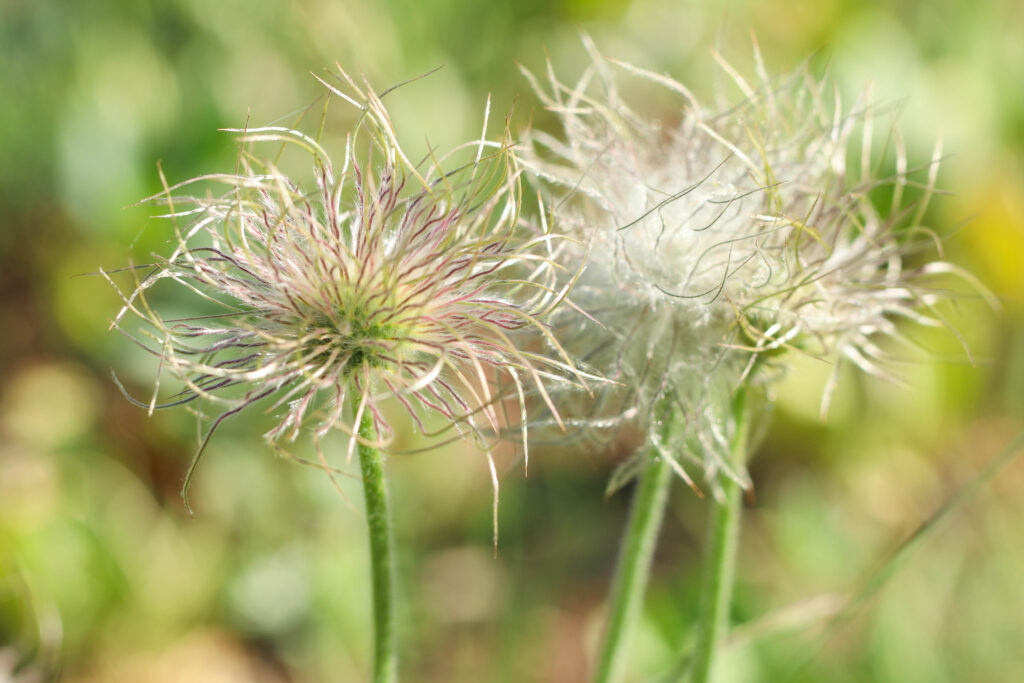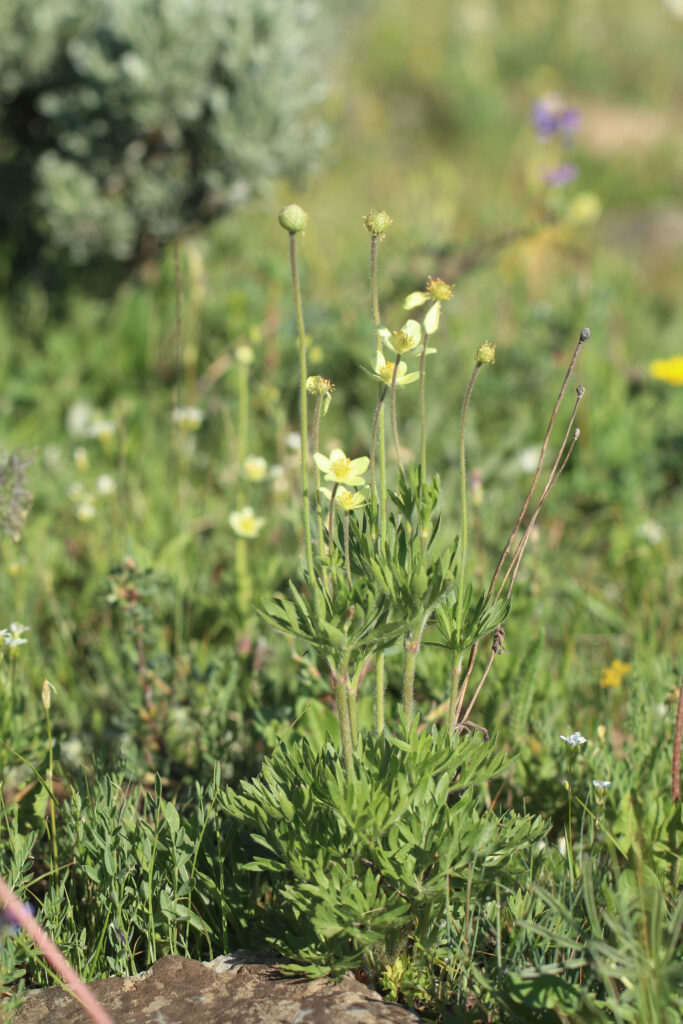
Description
A panic attack is a form of heightened anxiety. Note that panic attacks and anxiety attacks are different, with panic attacks being a more intense and disrupting form. The worst of the symptoms may only last for seconds to 30 minutes, though they can last longer. Regardless of the duration, panic attacks can have a profound impact on an individual’s emotional and psychological health.
While some panic attacks are situational, they often come on suddenly and without any apparent triggers. This can raise daily anxiety due to the constant concern of when a panic attack may occur.
Symptoms of panic attacks include intense fear, heart palpitations, shortness of breath, sweating, confusion, thoughts of dying, chest pain, and disassociation.
Panic attacks themselves do not cause physical damage to the body, but they can cause psychological and emotional harm.
Some factors that increase the risk of panic attacks include panic disorder (when panic attacks occur frequently), post-traumatic stress disorder (PTSD), depression, anxiety disorders, trauma, substances (i.e., caffeine), family history of panic attacks, and heightened stress.

Herbal Notes
Panic attacks are very distressing, and the symptoms can appear without any obvious triggers. This can lead to constant anxiety about when they may happen, which can impact an individual’s day-to-day quality of life.
There are two herbal approaches to panic attacks. One is trying to quiet the nervous system by taking nervine plants regularly, such as Tulsi (Ocimum tenuiflorum), Rose (Rosa species), Damiana (Turnera diffusa), Betony (Betonica officinalis), and others.
The other method is using herbs to quell the acute attack. The main plant for this is Anemone (Anemone species, also known as Pulsatilla). It is very specific for damping down the symptoms of panic attacks. It is a low-dose medicine. Start with 5-10 drops of the tincture. If this is beneficial and the individual still has symptoms, give another 5-10 drops. Continue giving this dosage until the symptoms are relieved, or the medicine is not helping anymore. In my experience, this is usually about 25-35 drops over the course of 15-20 minutes. Occasionally, it helps with the initial or lower dosage. While Anemone (not the Sea anemone) does not always help, it is the most effective plant I have seen for panic attacks. Since panic attacks often come in clusters, giving an individual the tincture to take with them is very helpful. This helps in two ways. The first is that having the medicine with them, they can take it right away. The second is knowing that they have a remedy that has helped previously, which may help relax the nervous system, reducing potential future panic attacks.



